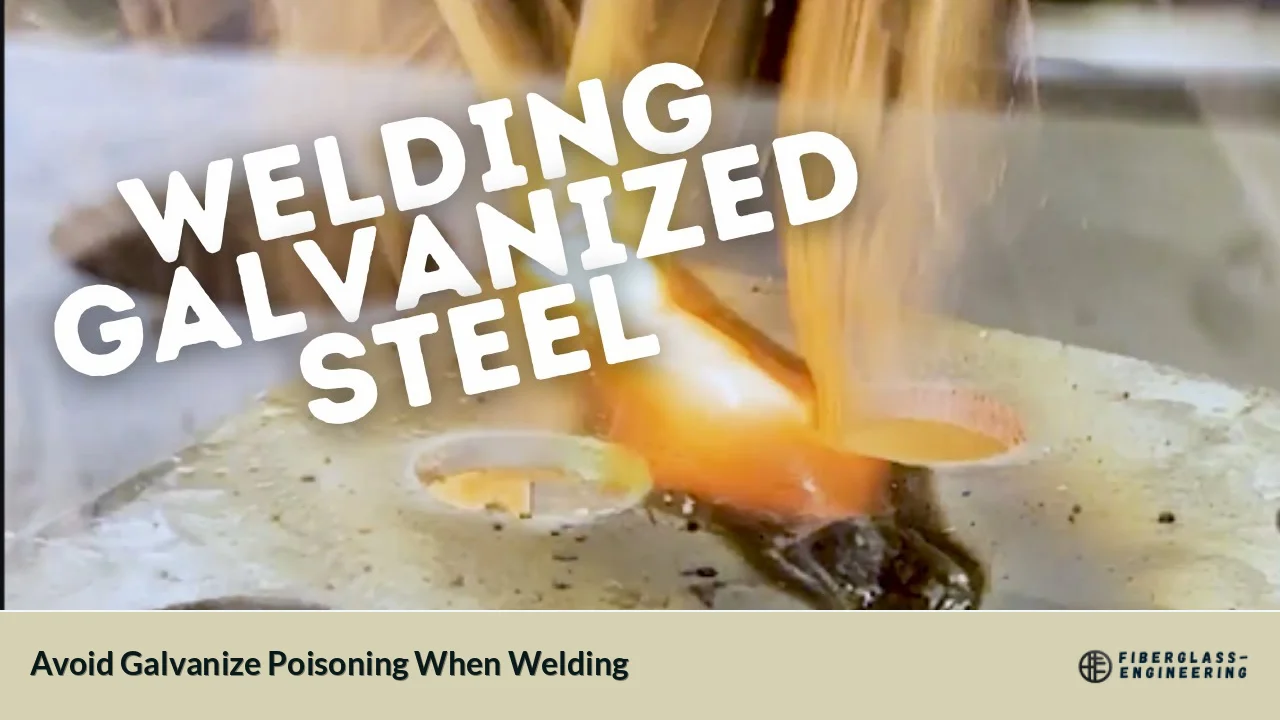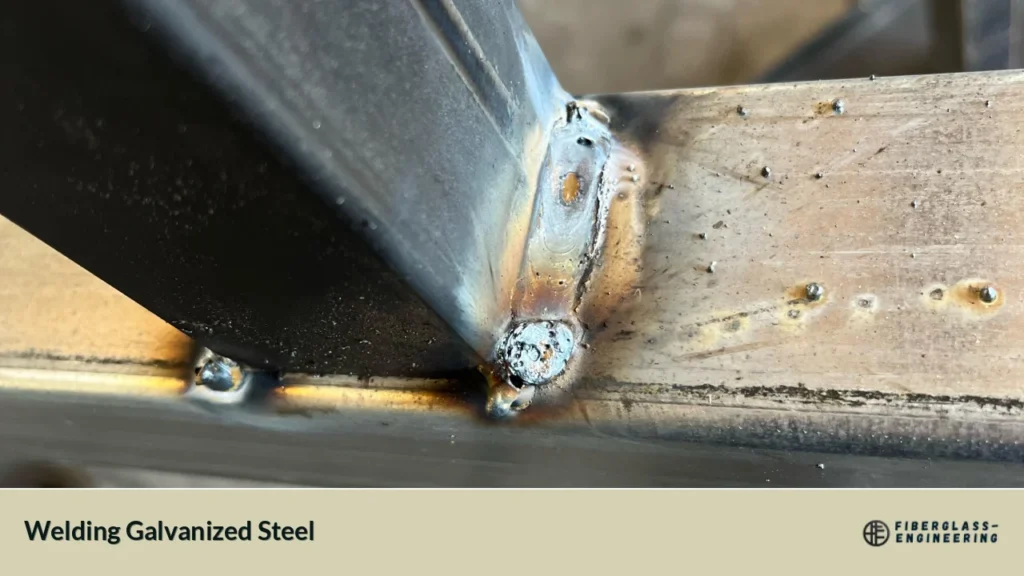
Welding galvanized steel is a common practice in many industries, but it comes with significant risks that every welder should be aware of. Galvanize poisoning, also known as metal fume fever, is a serious condition that can occur when welding galvanized materials. This poisoning is caused by inhaling zinc oxide fumes that are produced when the zinc coating on galvanized steel vaporizes at high temperatures during the welding process[1].
The zinc coating on galvanized steel serves as a protective layer against corrosion. However, when exposed to the intense heat of welding, this coating turns into a hazardous vapor. As welders work on galvanized steel, they may notice a distinctive yellowish-green smoke being emitted from the metal or a white powdery residue forming around the weld area. These are clear indicators of zinc oxide fumes being released, which can lead to galvanize poisoning if proper precautions are not taken[4].
Recognizing the Symptoms of Galvanize Poisoning
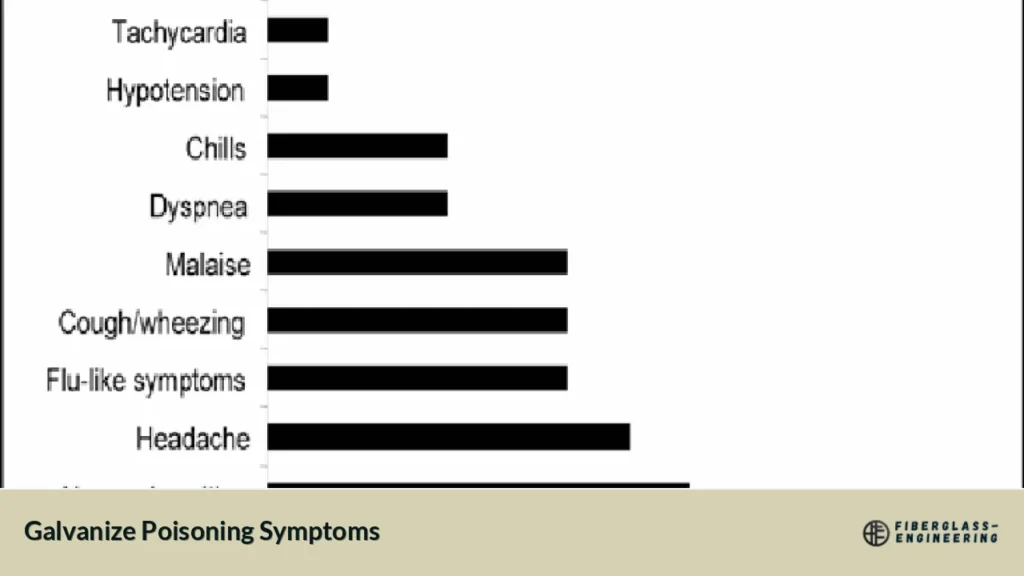
Identifying the symptoms of galvanize poisoning is crucial for welders to protect their health. The onset of symptoms typically occurs shortly after exposure to zinc oxide fumes, and they can be easily mistaken for flu-like symptoms. Common signs of galvanize poisoning include:
- Nausea and headaches
- Fever and chills
- Cold sweats
- Vomiting
- Muscle aches and fatigue
- Metallic taste in the mouth
It's important to note that the severity of symptoms can vary depending on the level and duration of exposure. In mild cases, welders may experience only slight discomfort, while severe cases can lead to more intense flu-like symptoms[5].
If you start experiencing any of these symptoms while welding galvanized steel, it's crucial to stop working immediately and seek fresh air. Most cases of galvanize poisoning are short-lived, with symptoms typically subsiding within 24 to 48 hours. However, repeated exposure can lead to more serious health issues, and in extreme cases, it can be fatal[4].
Preventive Measures to Avoid Galvanize Poisoning
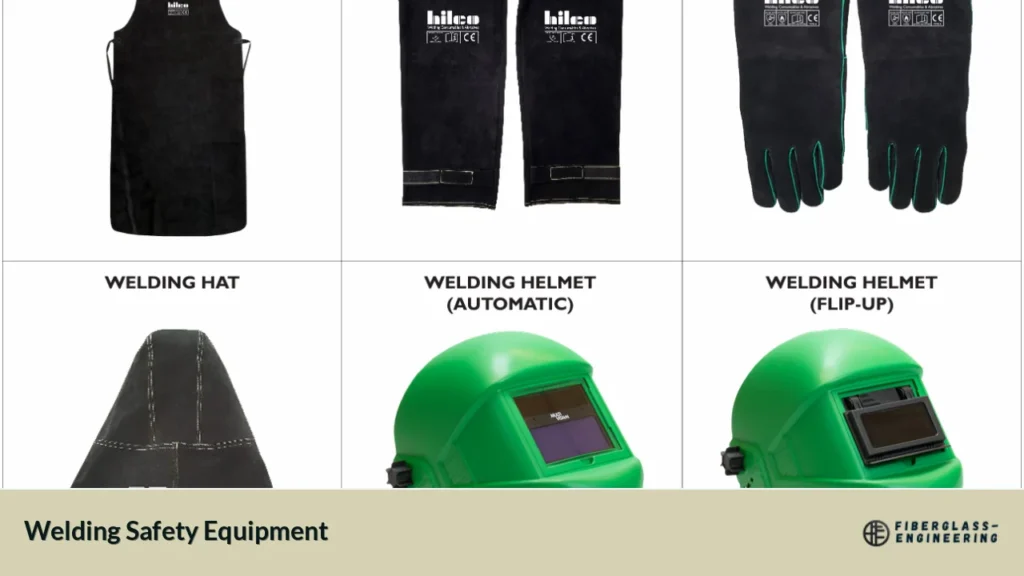
Preventing galvanize poisoning is far more effective than treating it. Here are some essential preventive measures that every welder should implement when working with galvanized steel:
- Proper Ventilation: Ensure your workspace is well-ventilated. Use local exhaust ventilation systems or fume extractors to remove zinc oxide fumes from your breathing zone[5].
- Personal Protective Equipment (PPE): Always wear appropriate PPE, including a properly fitted respirator designed for welding fumes. A full-face respirator or a powered air-purifying respirator (PAPR) can provide superior protection[6].
- Surface Preparation: Before welding, remove the zinc coating from the area to be welded. Grind off the galvanized layer at least 1-4 inches from either side of the intended weld zone on both sides of the workpiece[3].
- Welding Techniques: Adjust your welding technique to minimize fume production. Use lower voltages and keep the arc as short as possible to reduce the amount of zinc vaporized[5].
- Regular Breaks: Take frequent breaks in fresh air to limit your exposure to fumes. This is especially important when working in enclosed spaces.
- Health Monitoring: Participate in regular health check-ups and lung function tests if you frequently work with galvanized materials.
The Role of Proper Equipment and Techniques
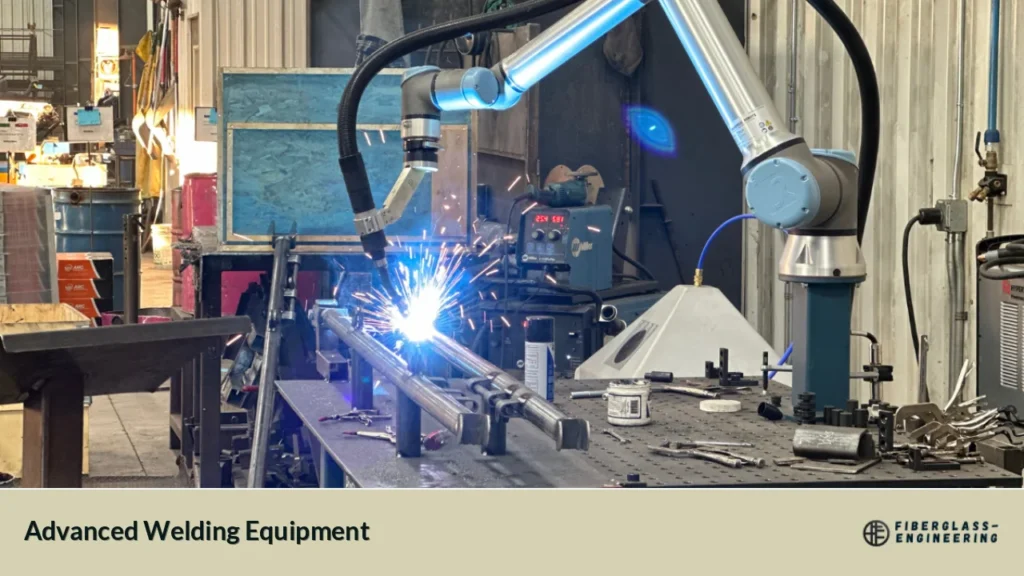
Using the right equipment and techniques is crucial in minimizing the risks associated with welding galvanized steel. Invest in high-quality fume extraction systems and personal protective equipment to create a safer working environment.
Modern welding helmets with built-in powered air-purifying respirators (PAPR) provide excellent protection against zinc oxide fumes. These systems continuously supply clean, filtered air to the welder's breathing zone, significantly reducing the risk of inhaling harmful fumes[6].
When it comes to welding techniques, consider using processes that generate fewer fumes. For instance, Gas Metal Arc Welding (GMAW) with a short-circuit transfer mode typically produces less fume than other methods. Additionally, using pulse welding techniques can help reduce overall fume generation[3].
It's also important to adjust your welding parameters to minimize fume production. Lower voltages and currents can help reduce the amount of zinc vaporized during the welding process. However, be sure to maintain proper weld quality while making these adjustments.
Workplace Policies and Training for Galvanize Safety
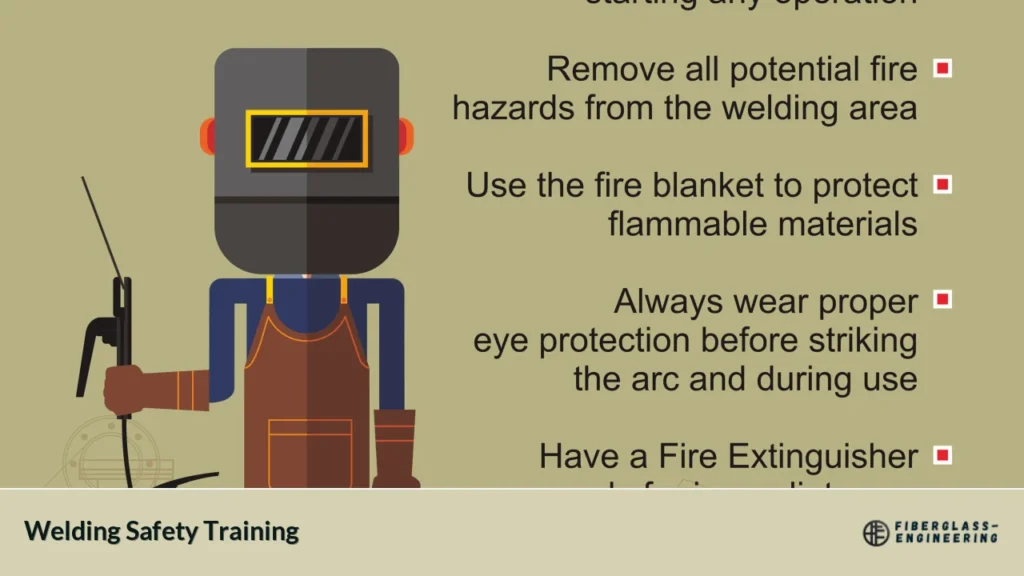
Implementing comprehensive workplace policies and providing thorough training are essential steps in protecting welders from galvanize poisoning. Employers should establish clear guidelines for working with galvanized materials and ensure all welders are properly trained in safety procedures.
Key elements of an effective workplace policy for galvanized welding should include:
- Mandatory use of appropriate PPE
- Regular maintenance and testing of ventilation systems
- Protocols for surface preparation of galvanized materials
- Emergency procedures in case of suspected galvanize poisoning
- Regular health monitoring for welders working with galvanized steel
Training programs should cover the risks associated with welding galvanized materials, proper use of safety equipment, and recognition of galvanize poisoning symptoms. Welders should be educated on the importance of reporting any symptoms immediately and seeking medical attention when necessary[2].
It's also crucial to foster a culture of safety where welders feel comfortable reporting concerns or symptoms without fear of repercussions. Regular safety meetings and updates can help reinforce the importance of following proper procedures when working with galvanized materials.
Long-term Health Considerations for Welders
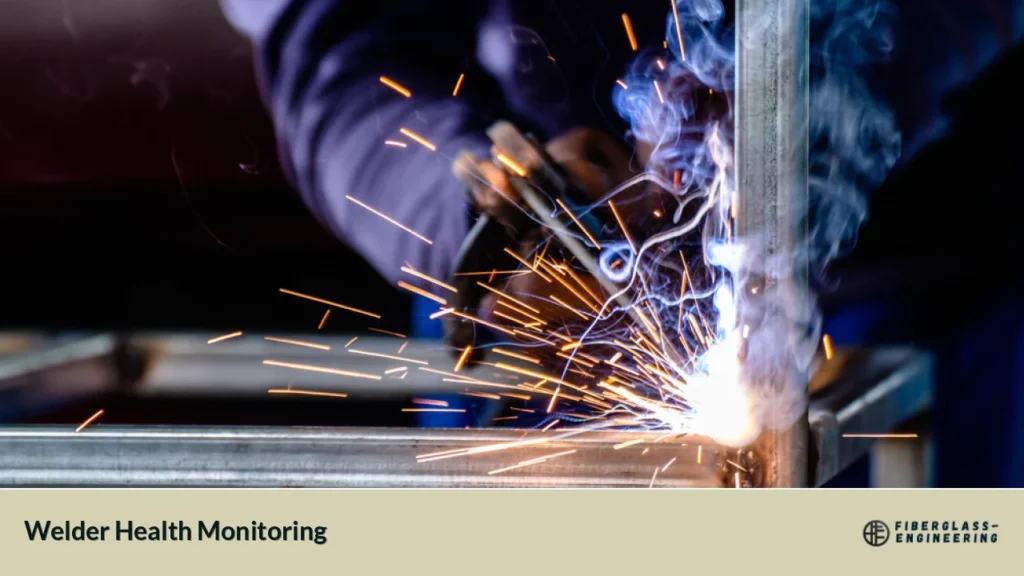
While the immediate symptoms of galvanize poisoning are often short-lived, repeated exposure to zinc oxide fumes can have long-term health implications for welders. It's crucial for welders who frequently work with galvanized materials to be aware of potential chronic health issues and take proactive steps to protect their long-term well-being.
Long-term exposure to zinc oxide fumes has been associated with respiratory issues, including decreased lung function and increased risk of respiratory infections. Some studies have also suggested a potential link between chronic exposure to welding fumes and neurological effects, though more research is needed in this area[2].
To mitigate these risks, welders should:
- Participate in regular health screenings, including lung function tests
- Maintain detailed records of their work history, including frequency and duration of exposure to galvanized materials
- Stay informed about the latest research and safety recommendations in the field
- Consider job rotation to limit cumulative exposure to zinc oxide fumes
- Advocate for workplace improvements that enhance safety measures
By taking a proactive approach to long-term health, welders can help ensure a safer and more sustainable career while working with galvanized materials.
FAQs
- What is galvanize poisoning?
Galvanize poisoning occurs when welders inhale zinc oxide fumes from welding galvanized steel. It causes flu-like symptoms and can be dangerous if not addressed. - How can I prevent galvanize poisoning while welding?
Use proper ventilation, wear appropriate PPE including respirators, and remove the zinc coating before welding when possible. - Is drinking milk effective in preventing galvanize poisoning?
While some welders believe drinking milk helps, it's not a scientifically proven method. Proper safety measures are more reliable. - How long do symptoms of galvanize poisoning last?
Symptoms typically subside within 24-48 hours, but severe cases may last longer. - Can galvanize poisoning be fatal?
In extreme cases, severe galvanize poisoning can be fatal, but this is rare with proper safety precautions.
Citations:
- 1. https://www.henlex.com/metal-fume-fever-guide-prevention/
- 2. https://galvanizeit.org/design-and-fabrication/fabrication-considerations/welding/welding-galvanized-steel
- 3. https://www.redsteelmh.com/avoid-galvanize-poisoning-when-welding/
- 4. https://bakersgas.com/blogs/welding-tips/side-effects-of-welding-galvanized-steel
- 5. https://app.aws.org/forum/topic_show.pl?tid=17031
- 6. https://mrssteel.com.vn/blogs/steel-blog/is-galvanized-steel-toxic

